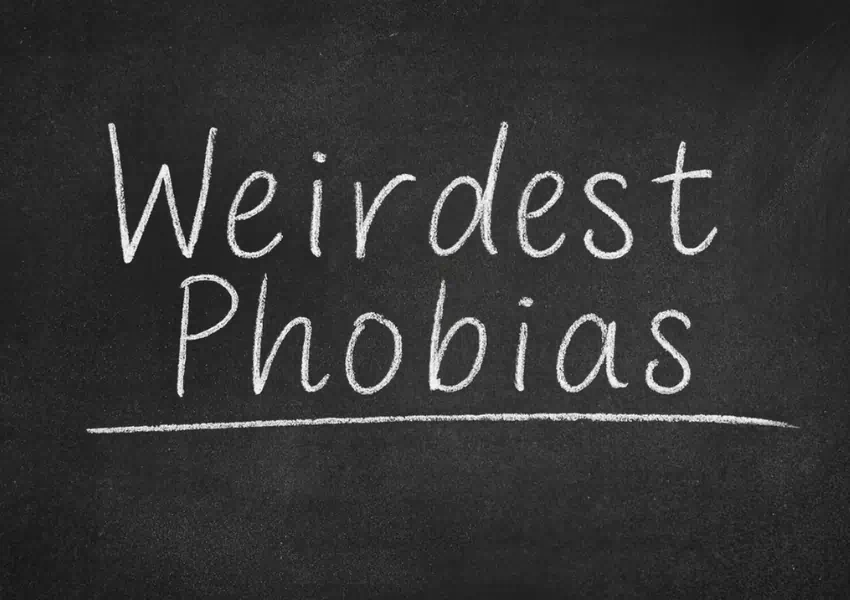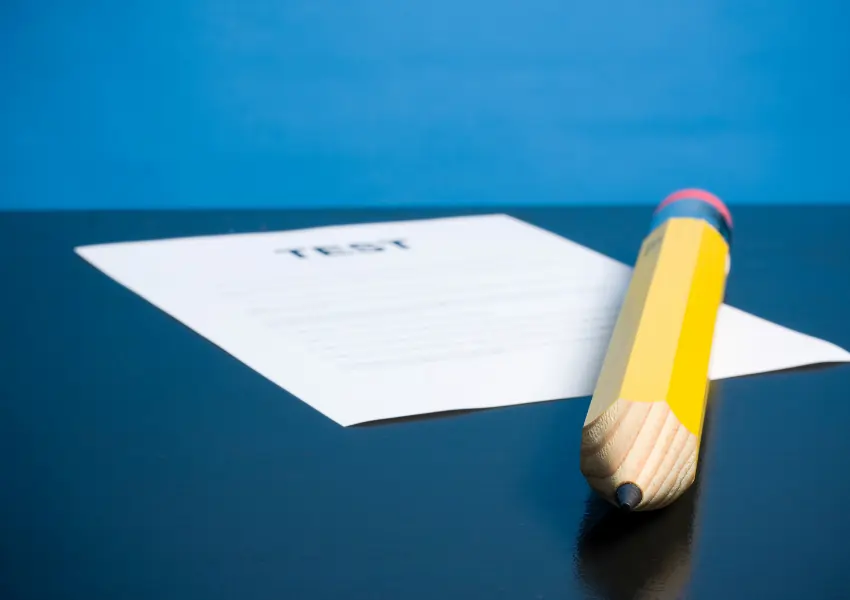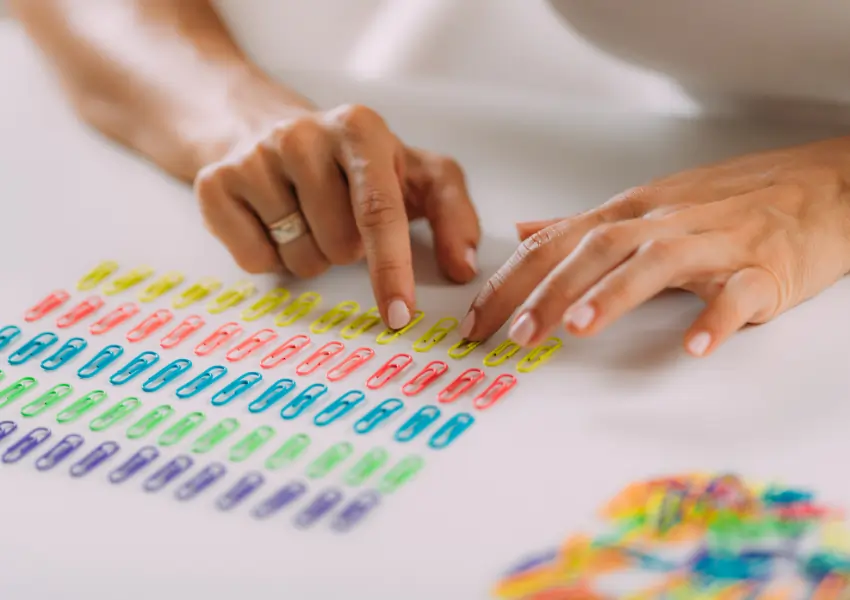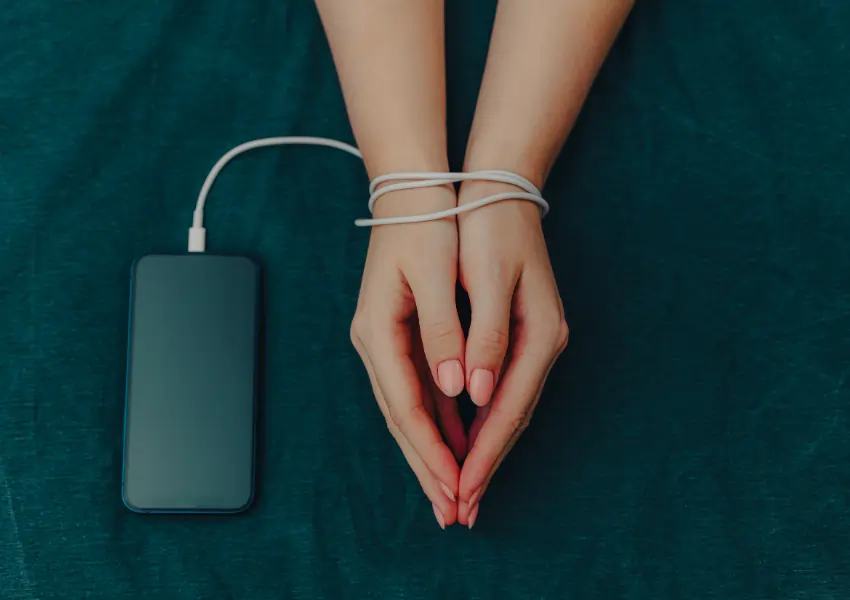Brain Stimulation Therapy, Backed by Research, Trusted by Thousands

What Makes Our Brain Stimulation Therapies Unique?

Advanced Brain Stimulation Technology
We use cutting-edge, FDA-approved brain stimulation equipment to ensure safe, accurate, and highly effective treatment for conditions such as Depression, OCD, and much more.

Expert TMS Specialists
Your sessions are conducted by trained professionals who specialise in brain stimulation therapy and follow strict clinical protocols to deliver consistent, high-quality care.

Customised Brain Stimulation Plans
Your treatment is personalised from the very first session. We tailor the stimulation frequency, duration, and intensity based on your symptoms and how your brain responds, giving you the best chance of recovery.

No Hospitalisation Required
Our non-invasive brain stimulation sessions are outpatient procedures. You can walk in and walk out the same day—no hospital stays, no downtime.
Our Psychiatrists for Expert Brain Stimulation Therapy

Dr. Akul Gupta
Consultant Psychiatrist
Therapy Mode Online, In-person
Languages Hindi, English
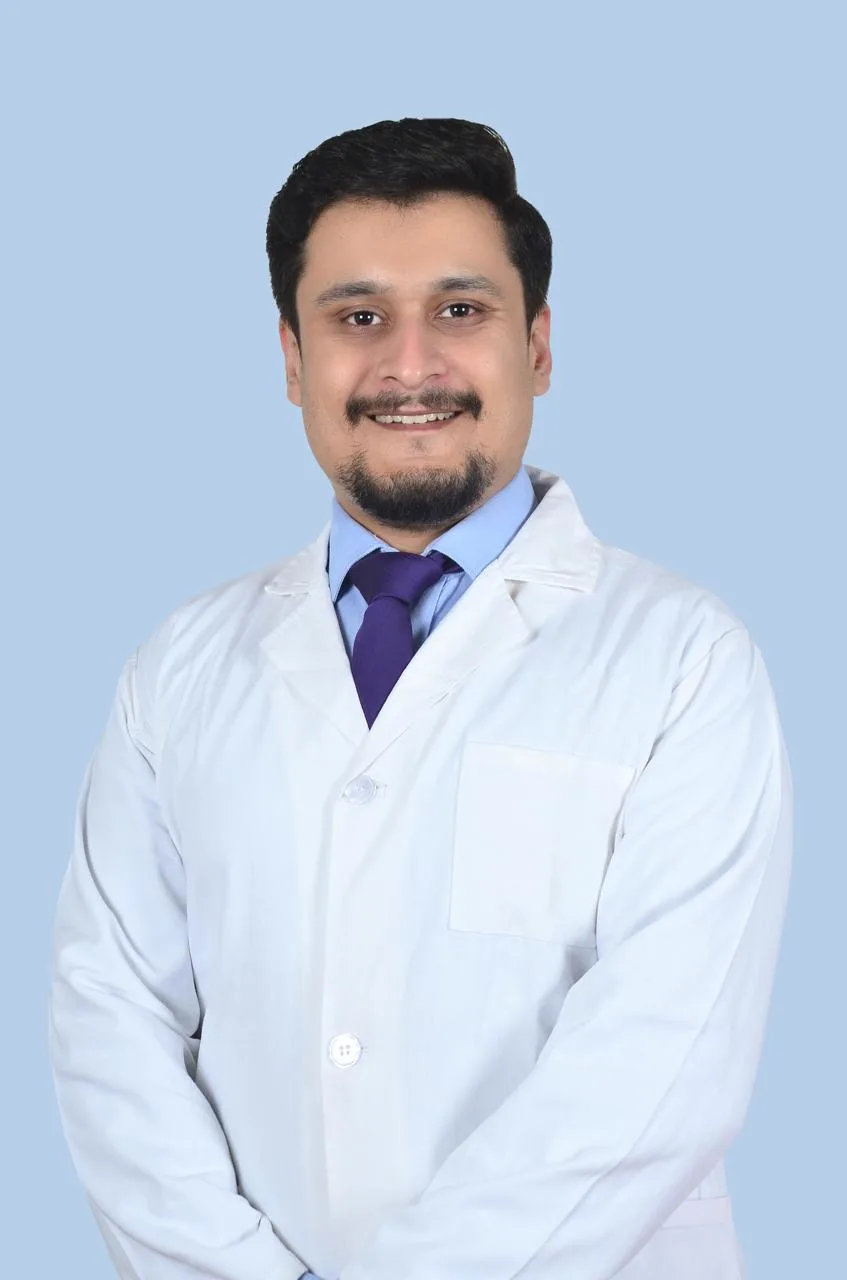
Dr Siddharth Sethi
Consultant Psychiatrist
Therapy Mode Online, in-person
Languages English, Hindi, Marathi

Dr. Sunil Mittal
Senior Consultant Psychiatrist
Therapy Mode Online, In-person
Languages Hindi, English
Compassionate Care From Trusted Psychiatrists in Delhi
Psychiatrists at BetterPlace, Delhi, are highly trained mental health professionals who have successfully treated over 50,000 patients with a range of conditions including:
- Agoraphobia
- Alcohol use disorder
- Alzheimer’s disease
- Anorexia
- Anxiety and panic attacks
- Anxiety disorders
- Arachnophobia
- ADHD
- Autism spectrum disorder
- Binge Eating
- Bipolar disorder
- Body dysmorphic disorder
- Bulimia nervosa
- Claustrophobia
- Depression
- Dissociative disorders
- Eating Disorders
- Gambling disorder
- Gender dysphoria
- Hoarding disorder
- Insomnia
- Mood disorders
- OCD
- Panic disorder
- Personality disorders
- Phobias
- PTSD
- Postpartum depression
- Schizoaffective disorder
- Schizophrenia
- Social Anxiety Disorder
- Sleep disorders
Visiting BetterPlace For Brain Stimulation? Here’s What to Expect:
When visiting BetterPlace, you can expect a welcoming environment where there is 0% judgement.

Detailed initial session (90 min)
Meet with both a psychologist and a psychiatrist
Comprehensive testing
Get an accurate understanding of your mental health
Treatment phase (3-8 Weeks)
Get a personalised treatment plan
Long-term support
Get ongoing care with regular follow-ups
Get Experts for Brain Stimulation Treatment Today!
Visit us or book an online consultation
BetterPlace, East of Kailash
At National Heart InstituteFirst Floor, Annexe Building D Block, East of Kailash, New Delhi
BetterPlace, Gurugram
At Neelkanth HospitalGround floor, 1 Main Mehrauli-Gurgaon Road
DLF Phase 3, Gurugram
BetterPlace: Best Brain Stimulation in Delhi
BetterPlace provides advanced brain stimulation therapies in Delhi using state-of-the-art machines. We use Repetitive Transcranial Magnetic Stimulation (rTMS) and Transcranial Direct Current Stimulation (tDCS) for Treatment-Resistant Depression (TRD), Obsessive-Compulsive Disorder (OCD), and addictions.
What Are Brain Stimulation Therapies?
Brain stimulation therapies have emerged as a powerful and promising treatment option for a range of neurological and psychiatric disorders. Unlike traditional methods that rely primarily on medication or talk therapies, these techniques alter brain activity using electrical or magnetic impulses, either through invasive or non-invasive methods.
The core idea is simple: by stimulating specific areas of the brain, we can influence neuronal activity to relieve symptoms, restore balance, and improve mental and emotional well-being.
Brain stimulation therapies are often recommended when traditional treatments like medication or talk therapy have failed to deliver meaningful results. They can be highly effective if you are battling conditions such as Major Depressive Disorder (MDD), Obsessive-Compulsive Disorder (OCD), or tobacco addiction. You can find advanced brain stimulation therapies in Delhi, at the BetterPlace clinic.
Types of Brain Stimulation Therapies
Brain stimulation therapies are broadly divided into two categories: invasive and non-invasive methods, depending on how the stimulation is delivered.
Invasive Techniques
- Deep Brain Stimulation (DBS)
Deep Brain Stimulation (DBS) is a surgical procedure in which electrodes are placed into specific regions of your brain to regulate abnormal activity. It is primarily used for movement disorders such as Parkinson’s disease, essential tremor, and dystonia. These electrodes are connected to a small device implanted in the chest, which sends electrical impulses to control symptoms. While some clinics and hospitals offer deep brain stimulation treatment in Delhi, non-surgical options like TMS and tDCS are generally preferred.
Non-Invasive Techniques
- Transcranial Magnetic Stimulation (TMS)
TMS is a non-invasive therapy that uses magnetic fields to stimulate targeted areas of your brain. It has gained popularity for treating depression, anxiety disorders, and OCD, especially in cases where medication has failed. - Transcranial Direct Current Stimulation (tDCS)
tDCS involves applying a mild electrical current to specific regions of your brain to enhance or suppress neuronal activity. This method is becoming increasingly popular for conditions such as depression, stroke rehabilitation, and chronic pain management.
Conditions Treated with Brain Stimulation Therapy
Brain stimulation therapy is a non-invasive, evidence-based treatment that helps manage various mental health conditions, especially when medication or talk therapy alone isn’t effective. At BetterPlace, we use rTMS, tDCS, and other advanced neuromodulation techniques to treat:
- Treatment-Resistant Depression (TRD), especially when standard antidepressants fail
- Obsessive-Compulsive Disorder (OCD), particularly in cases with severe compulsions
- Addiction and cravings, including nicotine and substance dependence
How Is Brain Stimulation Therapy Performed?
BetterPlace uses state-of-the-art equipment to provide brain stimulation in Delhi. The procedure takes place in a calm, clinical setting by trained professionals. Here’s what you can expect from your brain stimulation treatment:
- Initial Assessment:
Your treatment begins with a comprehensive evaluation by both a psychiatrist and clinical psychologist. This helps us understand your symptoms and decide which brain stimulation method is right for you.
- Customised Treatment Plan:
Based on your diagnosis and unique needs, we choose the appropriate therapy–such as rTMS or tDCS–and personalise the settings including frequency, intensity, and target area.
- Non-Invasive Procedure:
During an rTMS session, a magnetic coil is placed on your scalp to deliver painless magnetic pulses to specific brain areas. In tDCS, gentle electrical currents are applied through electrodes.
- Session Duration:
Each session typically lasts 20–30 minutes and requires neither anaesthesia nor hospitalisation.
- Ongoing Monitoring:
Your response to treatment is closely tracked across sessions, and the plan is adjusted as needed to maximise results. You can resume normal activities immediately after.
Benefits of Brain Stimulation Therapy
Brain stimulation therapy offers a safe and effective alternative for individuals who haven’t responded well to medication or talk therapy alone. Here are some key benefits:
- Non-invasive and painless procedure
- No surgery or anaesthesia required
- Drug-free symptom relief
- Minimal side effects
- Short sessions (20-30 minutes)
- Long-lasting results
Cost of Brain Stimulation Therapy in Delhi, at BetterPlace
The cost of brain stimulation therapy in Delhi varies based on several factors such as the technician’s expertise, the type of machine used, treatment protocol, and the total number of sessions needed.
At BetterPlace, we use state-of-the-art brain stimulation machines by Neurosoft. A single session typically costs between INR 3,000 and INR 5,000.The final cost depends on your treatment plan, selected package, and the personalised protocol. Before starting therapy, our psychiatrists conduct a thorough evaluation of your condition, specific case, and past medical history to help us set a baseline for your treatment and adjust it accordingly.
How to Book a Brain Stimulation Therapy Session in Delhi, at BetterPlace
You can book an appointment for brain stimulation therapy in Delhi, at BetterPlace by simply visiting any page on our website, clicking the “Book an appointment” button, and filling in your details. Our team will contact you shortly to confirm your appointment.
You can also call us at +919773996888 between 9 am to 5 pm to schedule your session.
FAQs about Brain Stimulation in Delhi
While both TMS and ECT are used to treat severe depression, they differ significantly. TMS is non-invasive, does not require anaesthesia, and does not induce seizures. It uses magnetic pulses to stimulate specific brain areas, with minimal side effects. ECT, by contrast, is performed under anaesthesia and may cause memory loss. If you’re looking for a gentler alternative, TMS is often the better choice.
No, brain stimulation therapy is not painful. Most people who come in for brain stimulation therapy in Delhi describe the sensation as a light tapping or tingling on the scalp. It might feel unusual at first, but it isn’t painful. There’s no need for sedation, and the procedure is very well tolerated.
With brain stimulation therapy in Delhi, some people begin to feel better within the first two weeks. For others, it may take around 3–4 weeks of consistent sessions to see a noticeable change. Your progress is tracked carefully by our clinical team to make sure you’re moving in the right direction.
Brain stimulation therapy in Delhi offers long-lasting relief, especially when combined with therapy and healthy lifestyle habits. While some people may need maintenance sessions after a few months, many experience continued improvement well after the treatment course ends.
Yes, and it’s often encouraged. We integrate brain stimulation therapy in Delhi at BetterPlace with your existing medication and therapy plan. Your psychiatrist will customise everything to make sure the combination works safely and effectively for you.
Yes, brain stimulation therapy in Delhi is safe and suitable for elderly patients. It’s non-invasive, doesn’t involve anaesthesia, and has very few side effects. That makes it an excellent option for seniors, especially those sensitive to medication.
Hospitalisation is not needed for brain stimulation therapy in Delhi. All sessions are conducted on an outpatient basis and usually take 20–30 minutes. You can resume your normal routine right after each appointment.
Currently, brain stimulation therapy in Delhi, especially treatments like rTMS, is performed in-clinic using specialised equipment under expert supervision. While at-home tDCS devices exist, they should never be used without medical guidance. For safe and effective results, clinical oversight is always recommended.
rTMS has shown significant improvements in those who suffer from conditions such as Major Depressive Disorder (MDD), Obsessive Compulsive Disorder (OCD), or tobacco addiction, particularly for those who have not seen any improvements with traditional treatment approaches.
Yes, techniques such as TMS and tDCS are safe and well-tolerated, with minimal side effects. They are viable options for people who have not responded to conventional treatments such as medication and talk therapy.
To choose the right centre for brain stimulation therapy in Delhi, consider factors such as:
- The centre’s reputation and success rates.
- The expertise of the medical team.
- Available technologies and treatment options.
- Patient reviews and feedback.
A typical TMS session involves sitting comfortably while a magnetic coil is placed over your scalp. The procedure is painless and usually lasts about 30–40 minutes. You can resume normal activities immediately afterwards.




